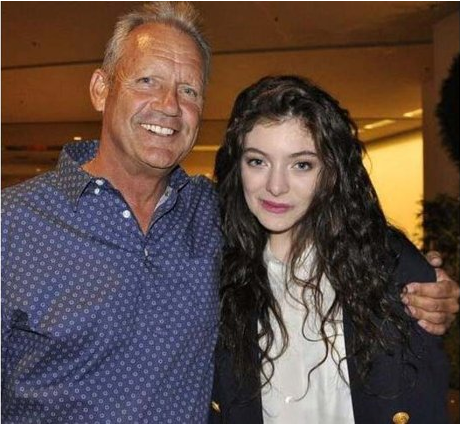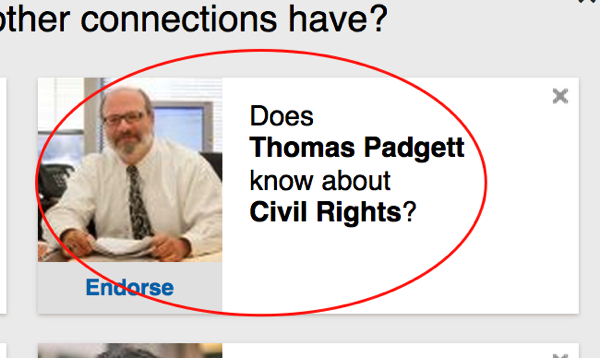(Finished July 30; I’m stupid behind on these posts.)
By now, everyone knows the name Edward Snowden, and what he did, and what he gave up to do what he did — and what challenges he may still face if the US government ever gets their hands on him. But do yourself a favor and read this book, because you really don’t know the whole story, and you really — still — have no idea how egregious the NSA’s behavior has been.
No Place to Hide is equal parts expose and thriller; the initial chapters detail how Greenwald was contacted by Snowden, and the tradecraft he had to learn in order to communicate with him. Snowden was very, very careful, and for good reason: as we’ve seen, his disclosures have been pretty explosive.
The second part of the story is Greenwald’s analysis of what’s been released so far: explaining the absurd, illegal, unconstitutional overreach of the surveillance in terms anyone can understand (and therefore be outraged by). These programs are ongoing, and are likely to remain issues in campaigns for some time to come, but we wouldn’t even know about them if it weren’t for Snowden.
The intelligence community is, obviously, totally bananas for all these programs, and why wouldn’t they be — it’s a spy’s wet dream to have access to this kind of data. But letting intelligence operatives decide where the line between “reasonable surveillance” and “criminally dangerous big brother shit” is a recipe for disaster.
Greenwald also gives us a pretty exhaustive history of surveillance, including a discussion of the effect this kind of “total information awareness” has on free (and not-so-free) societies. (Hint: it’s not good.)
Of course, the NSA isn’t acting in a vacuum here; there’s been a general failure of the press to act as a real check on government for a long, long time. Today, they so love their access that they’re completely unwilling to call out lies and bullshit. It’s much safer to regurgitate press releases without challenging anything. N.B. that it’s absolutely, unequivocally true that the Times knew about the wiretapping in 2004, before the election, and failed to tell anyone; something this explosive could have easily changed the election results.
But this is where we are: we have a powerful and craven intelligence (and law enforcement) community that views even dissent as unAmerican and dangerous even in the absence of actual wrongdoing or lawbreaking. This leads to a malignant expansion of state power, and cries out for someone to say something and at least begin the conversation in public about how much we’ll put up with. The press wasn’t doing it. Snowden and Greenwald have, and for that we all owe them a debt.




